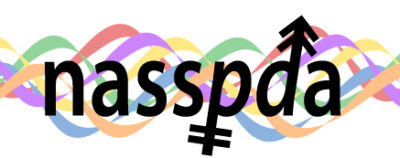Equality Dancing
Originally published in July 2016
Posted: October 24, 2021
By: Benjamin Soencksen
Aside from the definition of a couple, what truly sets our dance community apart from the mainstream is that we allow switching lead and follow at any time, either from dance to dance or within one dance (restricted and clearly defined in a reverse-role couple). This is referred to since the 1998 Gay Games in Amsterdam as “equality dancing.” This has enticed some “straight” identifying competitors from the mainstream circuit to join our community and has continuously initiated discussions about whether this practice fosters “good” dancing. NASSPDA’s rules don’t require equality dancing at its sanctioned competitions, nor does its counterpart ESSDA in Europe, but NASSPDA and subsequently IFSSDA, founded by ESSDA, IAGLCWDC and NASSPDA, recognize it as more challenging and instruct its judges to judge it favorably, if executed well.
In my opinion, equality dancing is the true expression of what our community desires in so many aspects of life. Circumstances might often hinder embracing this style of expression, such as being a beginner couple or having an extreme height or experience level difference, but I believe that experiencing both roles, leading and following, makes us ultimately much better dancers. Although it might in the short term inhibit growth in a couple, due to the strain of learning to know both sides and adjusting instantaneously when asked for, in the long run it’s worth it. And, if accomplished, it is so beautiful to behold. It truly expands the range of expression and characterization of each dance.
Others feel that the risk doesn’t warrant spending the time and effort–that it is more important to build strong leadership or following skills, which can only be brought to such a level of achievement when concentrated on solely. That might be true, just as it was believed decades ago when it was argued that to be a better dancer in the various styles (Latin vs. Standard or Rhythm vs. Smooth) one needs to specialize. However, having experienced that transition, I’m still not convinced. In my mind, a dancer that can embrace and adapt all styles of dancing is ultimately a better dancer.
